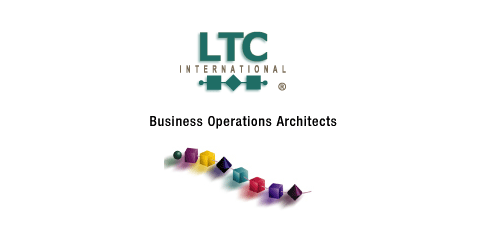|
|

article page | 1 |
2 |
3 |
4 |
As a special feature, we asked
Analyst, Industry Veteran, and
regular Pipeline contributor Wedge
Greene to put together a perspective
piece that displays his take on
the show. While a lesser editor
would assert that the views of
Wedge Greene aren't necessarily
those of Pipeline, anyone familiar
with his work in this publication
or elsewhere knows that Mr. Greene's
opinions are often insightful,
sometimes controversial, but always
unique. As a result, the fact that
Wedge's opinions are his own goes
without saying.
Enjoy.
|
|
“NGOSS is now the new
mainstream.” |
|

Next Gen was really this
past generation. This was
punctuated by a well designed
and delivered presentation
by Willy Siebert of Vodafone.
While always fair and
open minded, Willy was
vocally skeptical of NGOSS
eight years ago when NGOSS
was first brought to the
TMF because he was not
finished exploring TMN
approaches. Over the last
decade he not only has
accepted NGOSS and its
foundation ideas, he has
become a champion of using
them in
|
|
|
|

IPQC 2007 Next Gen OSS Integration
By Wedge Greene, LTC International
In early March 2007 at the Boston
airport, Telecom IQ, an IPQC division,
hosted their 2nd conference on Next
Gen OSS Integration. Last year's conference
was quite well received. This year’s
conference was also informative, and
the caliber of those attending was
notable. Service providers were about
two fifths of the audience, as were
those that identified themselves as
OSS/BSS vendors. Integrators made up
the bulk of the remaining fifth part.
There were some outstanding presentations
from both the service provider and
vendor community, but little new ground
was broached. On par, the presentations
covered rather well-established ground.
However, the conference overcame this
with lively discussions in the halls
and the social gatherings.
The clear conference message was that
most all the operators now recognize
and accept the problems and issues
that drove the introduction of NGOSS
eight years ago. Further, the standard
solution approach is message-bus facilitated
TMF NGOSS architecture using TMF data
models and OSS/J interface definitions. NGOSS
is now the new mainstream. It
was clear that the
|
|

his company. Willy presented a large
project example where Vodafone has
implemented OSS/J interfaces into
a java message bus for multiple functional
services and product lines. Vodafone’s
audits found that this approach saved
them 50% of development capital and
ongoing operational costs over the
old ways (read point-to-point TMN). “It
works. It really works!” said
an enthusiastic Siebert.
Another mainstream view was delivered
by the lauded Dr. Dale Skeen, founder
of Vitria. He sees the current dominant
integration strategy as ESB, but
that SOA is the future if it can
be tamed with re-use of the governance
models and technology that currently
controls the ESB message-based architecture.
Right now, however, he finds the
chief problem for integration is
bad paths in workflow implementations: “Providers
spend $4 billion annually to fix
process exceptions” which can
be fixed with automated exception
handling. He sees SOA as the Wild
West, not yet ready for prime time.
Business Process Management, using
BPEL, will overcome the shortcomings
he sees in today’s SOA. The
natural evolution of integration
is stepwise from ESB to BPM and only
then to SOA.
|
article
page | 1 | 2 |
3 | 4 | |
|
|




